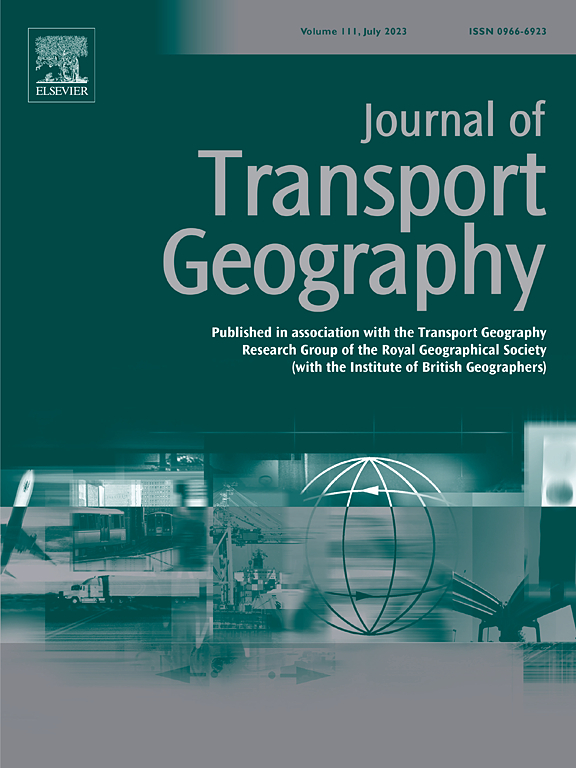Beyond hazard-induced migration: Dissecting everyday mobilities in response to air pollution and extreme cold events at multiple spatial and temporal scales
Abstract
Human mobility can be considered an effective adaptation strategy in response to environmental risks, given that adverse environmental conditions are often temporary and in-situ adaptation may not always be feasible or desirable. Despite its importance, the concept of short-term mobility as a behavioral response to environmental hazards has been understudied in geographies of health and place and behavioral economics. For a comprehensive understanding of how everyday mobilities are used as a risk adaptation strategy, this study avails of a multiscalar approach's ability to examine the influences of air pollution and extreme cold events on origin-destination movements. The modifiable areal unit problem (MAUP) and modifiable temporal unit problem (MTUP) are analyzed. The results suggest that the scale effects of the MAUP and MTUP are evident from the variations in regression coefficients of the differences in air quality and extreme cold events between origin and destination units. It is also found that the prefecture-level units that include both urbanized city proper and rural countryside, are not an ideal spatial analysis scale. Furthermore, this study reveals that the nexus of air quality differences and short-term movements is significantly impacted by changes in temporal scales. Our results offer fresh evidence on the decision-making process underlying mobility as an adaptation strategy to air pollution and cold events.

 求助内容:
求助内容: 应助结果提醒方式:
应助结果提醒方式:


